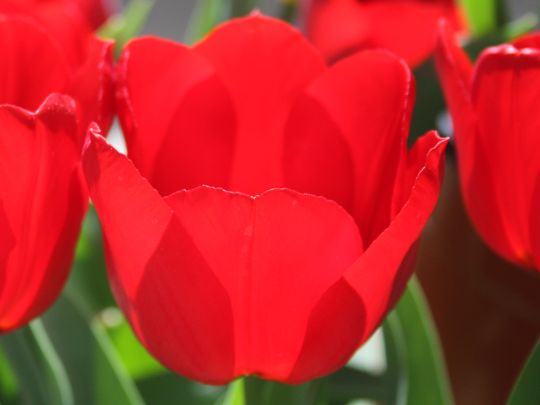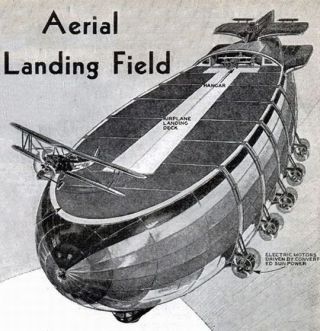Although we celebrated Presidents Day a week ago, today is the actual anniversary of the birth of President George Washington, the first president of the United States, and the Commander-in-Chief of the Continental Army during the Revolutionary War.
From WikiPedia:
George Washington (February 22, 1732 – December 14, 1799) served as the first President of the United States from 1789 to 1797 and as the commander of the Continental Army in the American Revolutionary War from 1775 to 1783. Because of his significant role in the revolution and in the formation of the United States, he is often referred to as “Father of His Country”.
The Continental Congress appointed Washington commander-in-chief of the American revolutionary forces in 1775. The following year, he forced the British out of Boston, lost New York City, and crossed the Delaware River in New Jersey, defeating the surprised enemy units later that year. Because of his strategy, Revolutionary forces captured the two main British combat armies at Saratoga and Yorktown. Negotiating with Congress, the colonial states, and French allies, he held together a tenuous army and a fragile nation amid the threats of disintegration and failure. Following the end of the war in 1783, King George III asked what Washington would do next and was told of rumors that he’d return to his farm; this prompted the king to state, “If he does that, he will be the greatest man in the world.” Washington did return to private life and retired to his plantation at Mount Vernon.




 Just a few minutes ago, the counter on the Never Forget Tribute advanced past sixty million hits. Each time the graphic is served up on web pages that embed the tribute, the hit counter advances by one. Damsel and I thank those of you who have taken the time to embed the tribute on your websites. It’s people like you who know that America, and the World, can Never Forget. We are grateful that so many of you care.
Just a few minutes ago, the counter on the Never Forget Tribute advanced past sixty million hits. Each time the graphic is served up on web pages that embed the tribute, the hit counter advances by one. Damsel and I thank those of you who have taken the time to embed the tribute on your websites. It’s people like you who know that America, and the World, can Never Forget. We are grateful that so many of you care.
 Cubical rocks lie in a spot designated “Chocolate Hills” by the JPL team. These remind me of stones quarried to build ancient structures on our planet.
Cubical rocks lie in a spot designated “Chocolate Hills” by the JPL team. These remind me of stones quarried to build ancient structures on our planet.